IN CONVERSATION WITH:
CATHARINE NEILSON
CATHARINE NEILSON
(21.02.23)
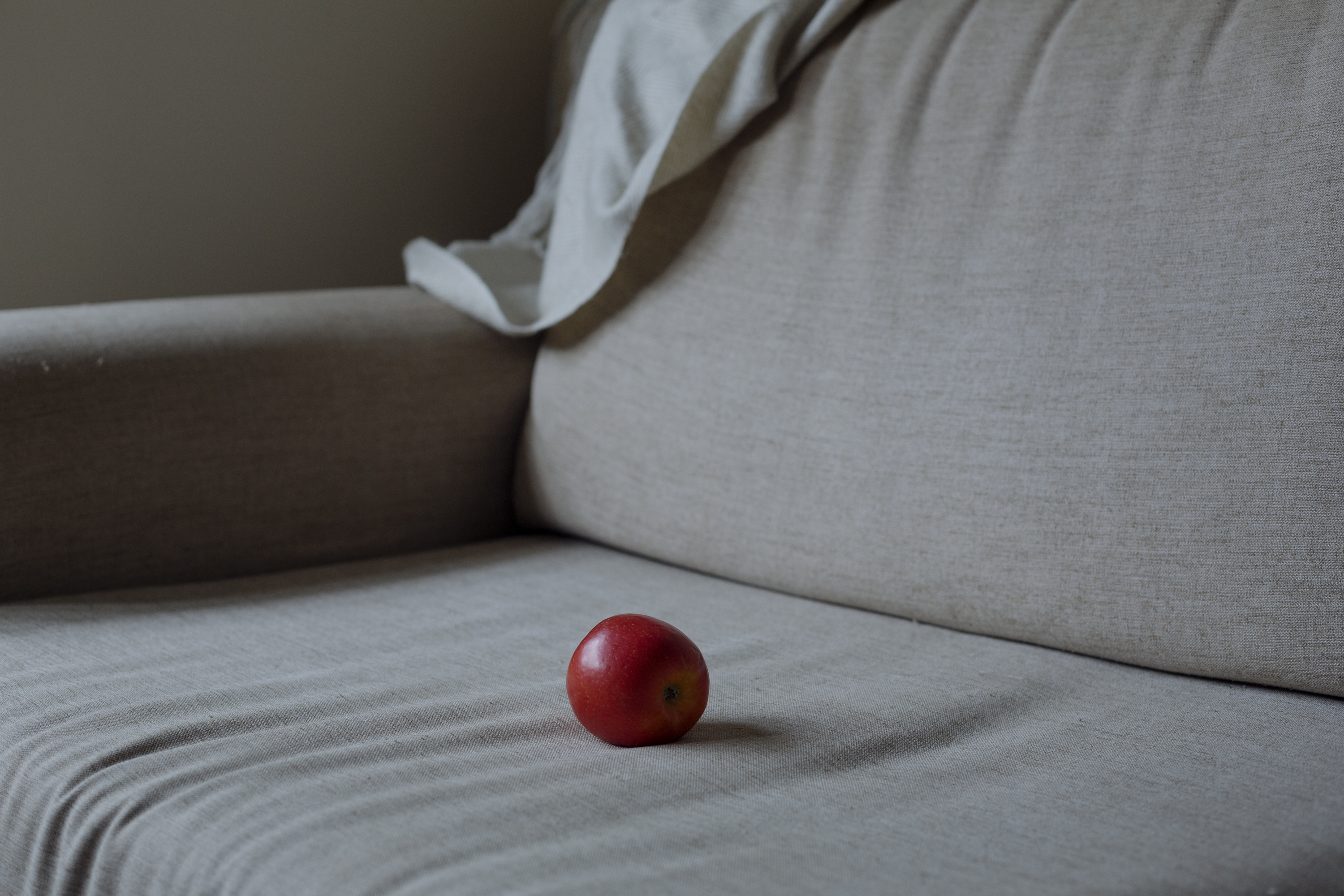










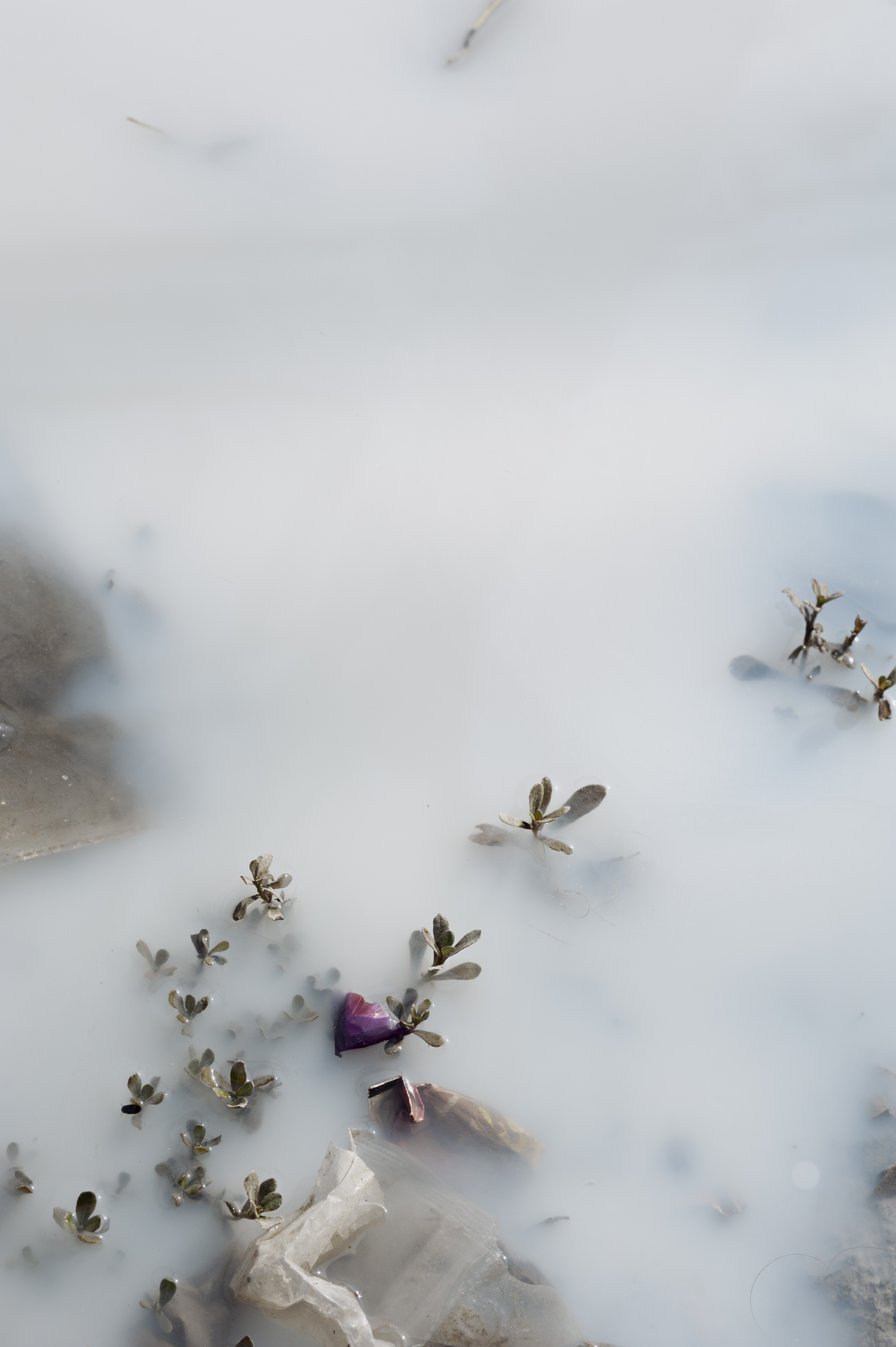
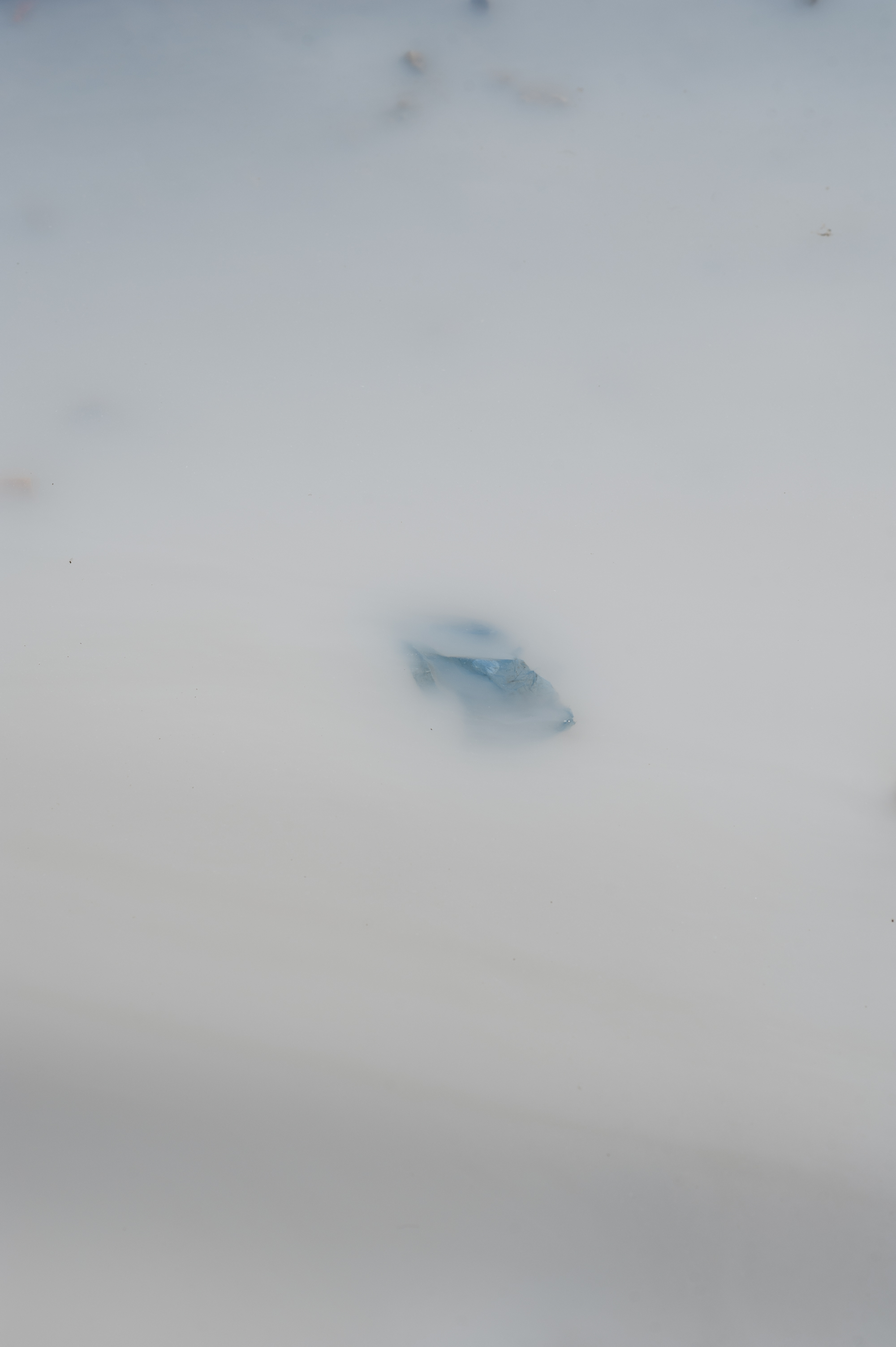
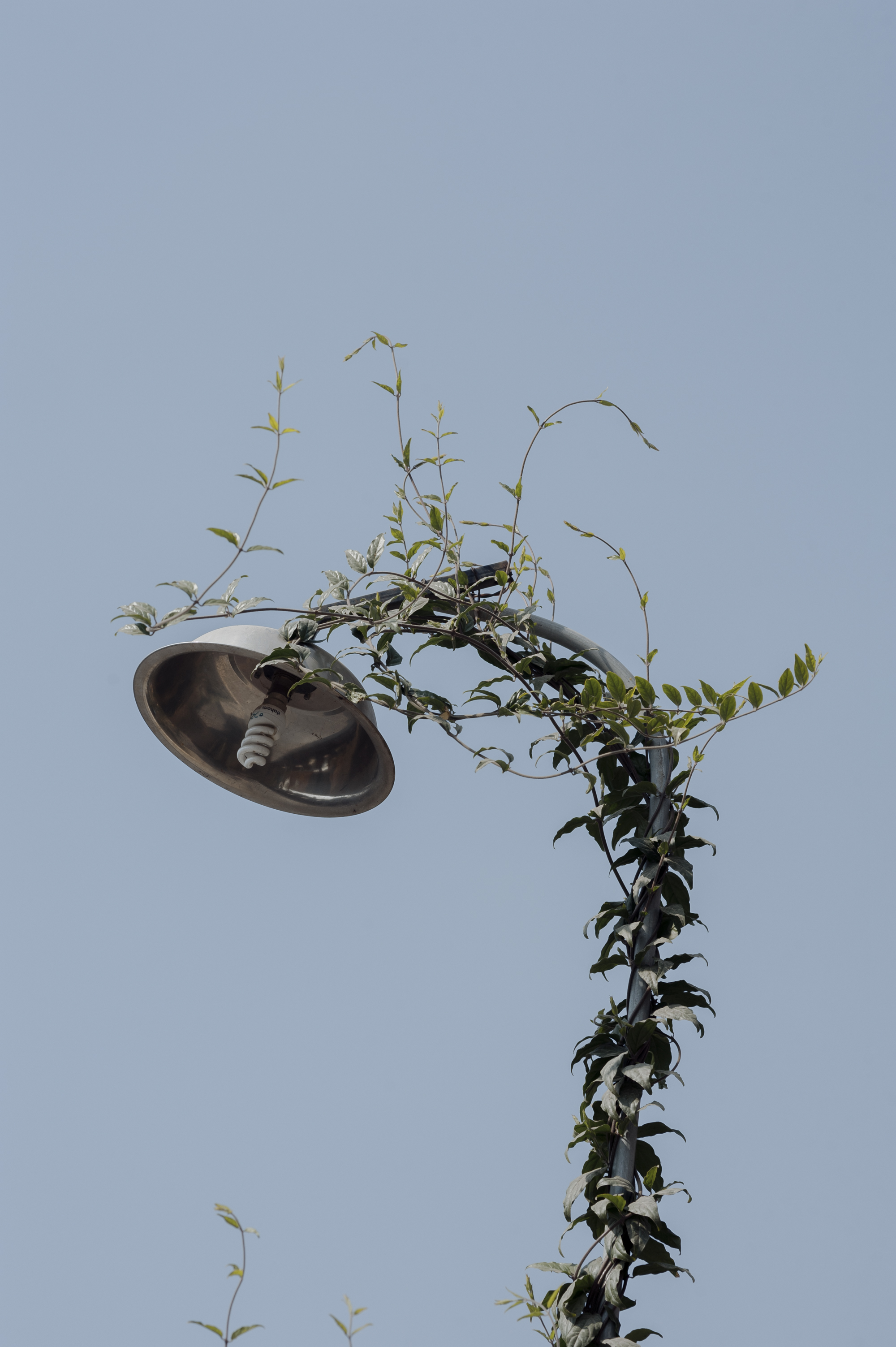

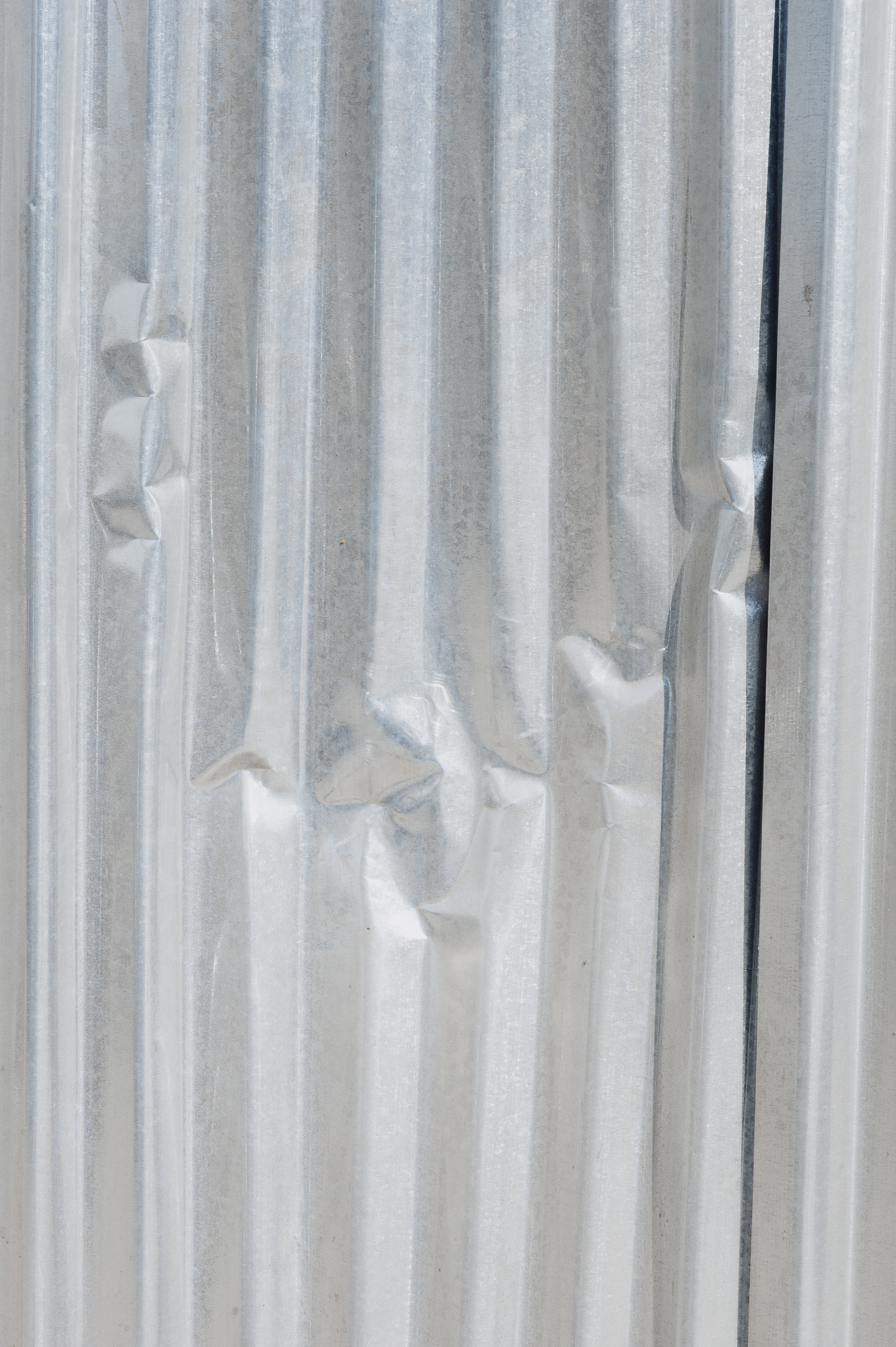


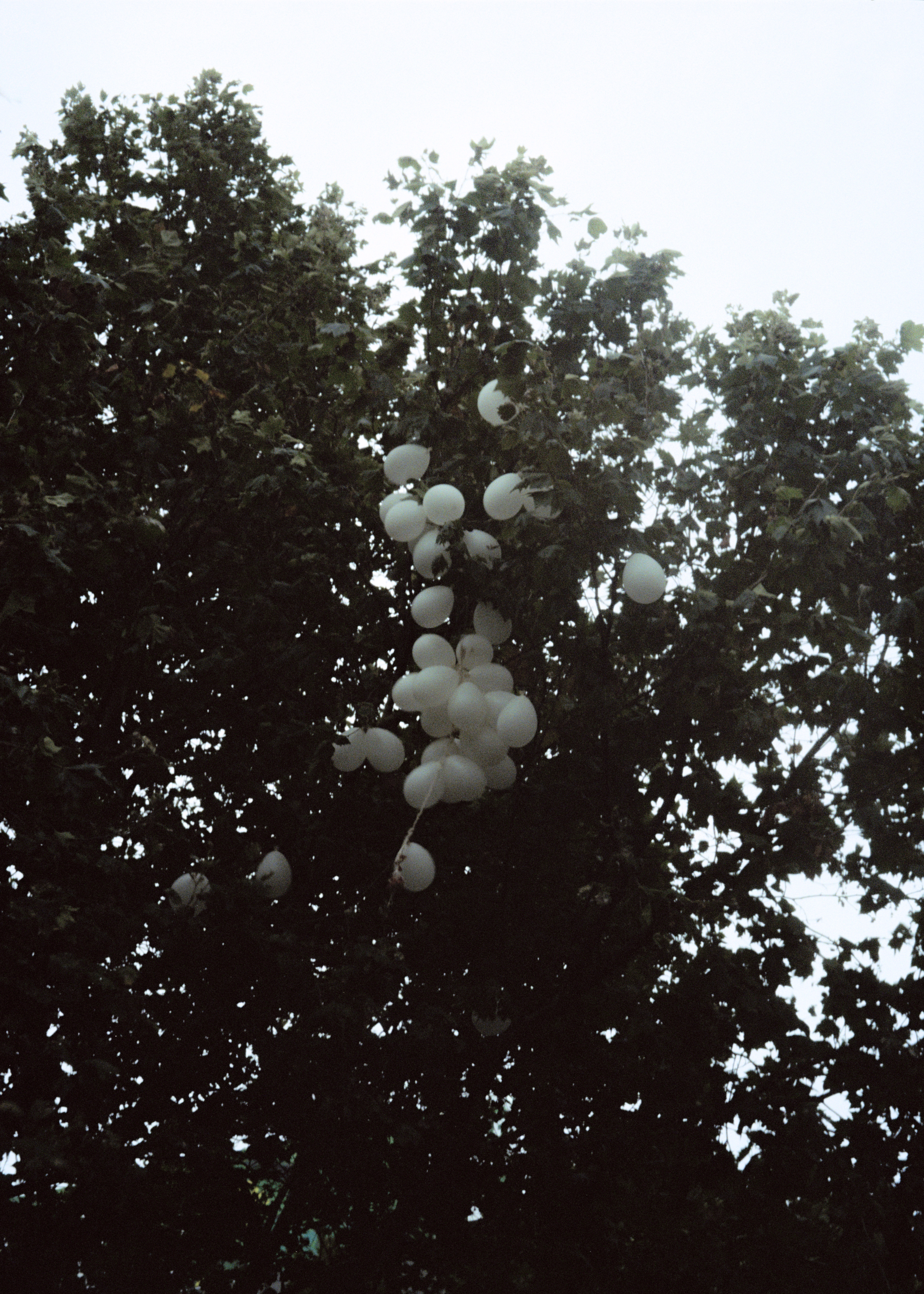
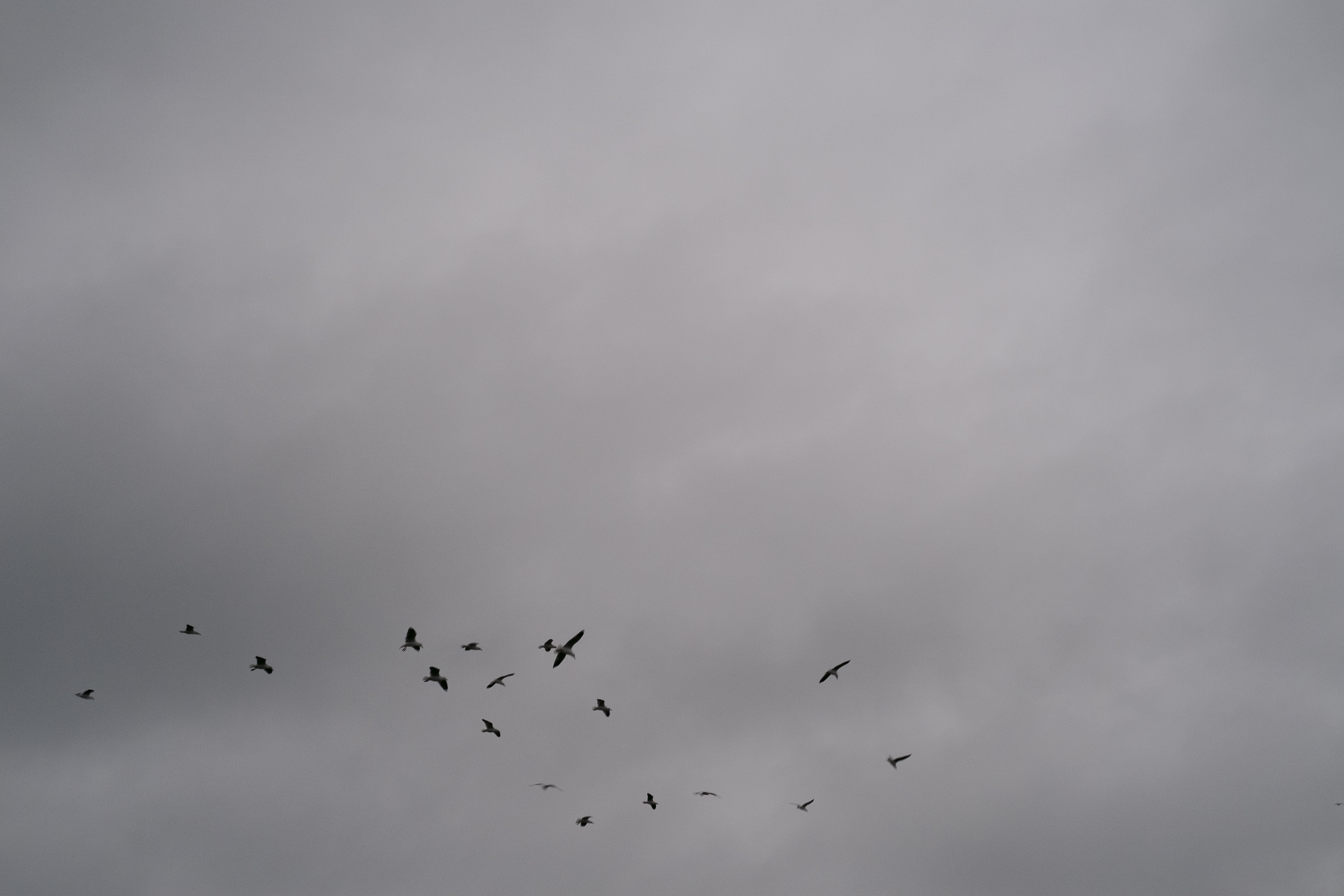
In Conversation with Adrian J. Song
Adrian Song: Thank you so much for your time Catharine. I’m really excited to talk to you about your project “Matahari”. But first of all, how have you been?
AS: Sounds fantastic! Any books or TV shows you’d recommend?
AS: Will have to check out all these things, really excited to watch Happy Valley. You write that “In Indonesia we call the sun ‘Matahari’. It gives life, it marks the passage of time and illuminates.” It draws a beautiful parallel to how you’ve approached this project.
AS: The way we perceive our environment around us is definitely a creative process. You’re looking at what seems like an ordinary scene and giving it meaning. So I hope you give yourself more credit! I also like that I can’t quite tie this project to a specific time or place. To me, it very much exists in its own space, as if I’m viewing snippets from a daydream.
AS: That trip to Nepal sounds amazing. You also express that you’re “drawn repeatedly to the same ordinary things”, and it seems that you’ve grown really adept at highlighting the magic of these everyday occurrences. Do you feel perhaps photography has made you experience life differently?
AS: That’s really nice to hear, that photography continued to be a constant for you amongst the change and upheaval. I’d love to know more about your journey to this point.
AS: I’m glad you’ve found a way to feel free as an artist. It’s a really tough place to get to! I’m also pleased to hear that ‘Matahari’ will be in book form in the near future. What has that process been like?
AS: That’s wonderful to hear, that something you’ve worked on for so long is being resolved in some form. That must require a lot of patience. So I guess, this whole journey really was a meditation, and the space and time you’ve given it is extremely apparent in the images. I understand the work isn’t about supplying answers, or communicating anything specific; but I’m curious to know, what type of questions do you hope viewers ask themselves when viewing the work?
AS: I agree, it really is quite a tug of war. But to echo your sentiments, if making art can make life seem a little better, for yourself, or for anyone else, then why not? I’m also really interested in this essay written by Nadiah. Could you please tell us more?
AS: Thank you again Catharine. I really enjoyed our conversation. Lastly, what’s inspiring you at the moment?
︎
Catharine Neilson is an emerging documentary photographer based in Newcastle, Australia.
Her Indonesian and Australian heritage informs her work which focuses on everyday life, human nature, family and time.
To see more work by Catharine Neilson, visit - Website / Instagram
︎
Catharine Neilson: Hello! Thank you very much for having me, I really appreciate it. I’ve been well! I’m lucky to live near the beach so this summer has been all about swimming, reading books and watching tv.
AS: Sounds fantastic! Any books or TV shows you’d recommend?
CN: Oh yeah, Season 3 of Happy Valley is coming out at the moment. I think it’s one of the best TV shows ever made. Great writing, and Sarah Lancashire is amazing. This is super nerdy of me but I’m massively into Doctor Who. I rewatch the whole series probably once a year, which takes up a lot of time now that there are 15 seasons! (Laughs)
I read a book recently called “The Years, Months, Days” by Yan Lianke that kind of haunted me for a few days. Another book that stuck with me for a long time was “Say Nothing” by Patrick Radden Keefe.
AS: Will have to check out all these things, really excited to watch Happy Valley. You write that “In Indonesia we call the sun ‘Matahari’. It gives life, it marks the passage of time and illuminates.” It draws a beautiful parallel to how you’ve approached this project.
CN: Thank you, and yes! The title of the project was a bit of a nod to my Indonesian heritage, but also to my fascination with everyday life and the part that time plays in my process. I don’t consider myself to be a particularly creative person. I see myself more as an observer, and a lot of my images are just things that I’ve collected over the years that stick out to me. I often don’t see the reasons why I’m drawn to these things, or draw connections between them until years later when I have had a chance to look back and reflect. Much like life itself, I guess.
AS: The way we perceive our environment around us is definitely a creative process. You’re looking at what seems like an ordinary scene and giving it meaning. So I hope you give yourself more credit! I also like that I can’t quite tie this project to a specific time or place. To me, it very much exists in its own space, as if I’m viewing snippets from a daydream.
CN: Oh thank you, yeah I guess the idea of what it means to be creative is something that I think about a lot. I think it’s part of why I chose not to pursue a career in photography, I really struggle to construct images from a blank slate. I have to respond to the environment I’m in and sometimes the juice just isn’t there. I think social media puts pressure on artists to be constantly “creating content” - a phrase I hate. I think it’s important we remember that a lot of the best work comes after a period of just doing nothing for a while and allowing the subconscious to stew for a bit.
“Snippets from a daydream” - I like that, thank you! A lot of the images actually come from a 3 week period that I spent in Nepal for a uni subject. It was a formative time for me as an artist, and I made a lot of work there. However, I’m glad you said you can’t place the project as I really didn’t want the series to feel like “travel photography”.
AS: That trip to Nepal sounds amazing. You also express that you’re “drawn repeatedly to the same ordinary things”, and it seems that you’ve grown really adept at highlighting the magic of these everyday occurrences. Do you feel perhaps photography has made you experience life differently?
CN: For sure. I’m a third culture kid, so taking photographs started very early on for me as a way of holding on to things that I was sad about losing. I kind of randomly decided to do a degree in photography in my mid 20s, and after applying myself to it in a more serious way my style morphed into the still life documentary kind of thing that it is now. While I feel that photography has expanded my ability to see the world, I think I am still fundamentally motivated by anxieties about change and loss. I definitely also have the tendency to be in constant search of photographs, in a way that can limit my actual experience of life. I often think about Susan Sontag’s writing about photography, and have to remind myself to live the moments without a camera.
AS: That’s really nice to hear, that photography continued to be a constant for you amongst the change and upheaval. I’d love to know more about your journey to this point.
CN: Growing up I actually really loved singing. I wanted to be a musician but I never had the discipline for it lol. I hated practising, and I was no good at writing songs. Photography suits me as a channel for self expression partly because I found it easy to master the basics, and I take a lot of pleasure in the process.
Because photography is not my main source of income, having a day job that pays the bills and funds my art projects is a much freer way for me to be an artist. Realising that I didn’t have to work as a photographer to be a photographer was a hugely important moment for me.
AS: I’m glad you’ve found a way to feel free as an artist. It’s a really tough place to get to! I’m also pleased to hear that ‘Matahari’ will be in book form in the near future. What has that process been like?
CN: The process has been long! (laughs) I started this project while I was in uni in 2015 and it has always existed in my mind as a book. I hope the series lends itself well to the intimacy and meditative quality that I find in photobooks.
The reason it’s taken me so long is probably largely to do with the fact that, as I mentioned previously, I’m not a very creative person so I kind of have to wait for the images to come to me. It’s taken a long time to build up a large enough collection of good images (there are a lot in the discard pile) to be able to make a book.
Heidi Romano designed the book for me, and giving my images over to someone else to edit and sequence has been really cool. She chose some photos that I would never have looked twice at and put them in combinations that I wouldn’t have thought of. A project like this can have endless variations. Because it’s my first photobook, I didn’t have much confidence in some of my own editorial and design instincts. In this way, it was really helpful to have someone with more experience to guide me through it. Also, my kind of photography can be quite solitary so it’s nice to collaborate.
My friend Nadiah Adbulrahim also contributed an essay to the book. I don’t consider myself to be a good writer. In fact, I think there’s an irony in the fact that visual artists are so often called upon to write about their work. If we wanted to be writers, surely we would have become writers, no? It was a relief to have Nadiah write so eloquently about the work in a way that made it more accessible but also didn’t reduce it to a single meaning or interpretation.
I’m now at the stage of going to print with Deephouse Print Studio in Sydney. Considering the book as a physical object is a bit of a learning curve, but also fascinating and exciting.
AS: That’s wonderful to hear, that something you’ve worked on for so long is being resolved in some form. That must require a lot of patience. So I guess, this whole journey really was a meditation, and the space and time you’ve given it is extremely apparent in the images. I understand the work isn’t about supplying answers, or communicating anything specific; but I’m curious to know, what type of questions do you hope viewers ask themselves when viewing the work?
CN: I’d like to say it was all just patience, but the truth is that it was mostly laziness! (laughs) Overall though, yes I would agree that giving it time and space definitely allowed me to elucidate the themes and ideas that tie the images together. I think it goes back to the thing I said earlier about needing to just do nothing for a while sometimes. Of course the danger in being someone who is lazy is that I often lose motivation when it comes to completing a project.
I’d love it if the images prompted people to reflect on their own nature as human beings, their relationship with nature and their existence as part of nature. These ideas are the common threads that seem to run through all the subject matter that I’m drawn to. I hope there’s something universal in the images that people from different backgrounds can relate to. I also think there’s something really nice and important about art that makes you feel something unquantifiable. I am a bit obsessed with Keats’s idea of negative capability and I think that we could all do with practising a bit of uncertainty more often. Hopefully the work can do that for people.
Something that I personally have been thinking about recently in relation to this project is just the idea of beauty and art and why these things matter. I had a bit of an identity crisis as an artist a few years ago where I started to wonder if it’s all just very self indulgent and self important. I still think that on a certain level it is, but I also think the world would be a much sadder and lonely and sterile place without beautiful things and self expression. Artists are uniquely capable of revealing beauty in unexpected places and expanding our sense of what is beautiful. I think humans value and cherish beautiful things more, and we are better caretakers of things that have meaning to us in this way. I think that a lot of consumer culture is driven by the fact that we have created mountains of disposable things that aren’t imbued with a sense of preciousness.
AS: I agree, it really is quite a tug of war. But to echo your sentiments, if making art can make life seem a little better, for yourself, or for anyone else, then why not? I’m also really interested in this essay written by Nadiah. Could you please tell us more?
CN: Yeah! Nadiah has seen the project through many stages of its evolution and I respect her opinion a lot. It made perfect sense for her to write the essay as she really understood what I was trying to do, in some ways better than I did. The way that she writes about photography in the essay - the practice of being a photographer and also the experience as a viewer - was pleasantly surprising as they were thoughts that I’ve always instinctively felt but wasn’t able to articulate. It meant a lot to have someone who understood the work respond to it so thoughtfully.
AS: Thank you again Catharine. I really enjoyed our conversation. Lastly, what’s inspiring you at the moment?
CN: I love everything that Ruth van Beek does, as well as Uta Barth and I’m a huge fan of the painter Caroline Walker. I’m really jealous of their work and wish I could do what they do. I love archival photos and recently discovered the Lora Webb Nichols archive. I could stare at those pictures for a very long time. I also saw an exhibition in 2020 at Foam in Amsterdam of Wright Morris’s work that had a huge impact on me. The lack of people, but also the deep presence of people in his photos is something that really resonated with me, and his writing complemented the work so well.
Thanks again for having me, it’s been such a nice conversation. I’m really honoured to be featured alongside so many talented photographers that I admire.
︎
Catharine Neilson is an emerging documentary photographer based in Newcastle, Australia.
Her Indonesian and Australian heritage informs her work which focuses on everyday life, human nature, family and time.
To see more work by Catharine Neilson, visit - Website / Instagram
︎